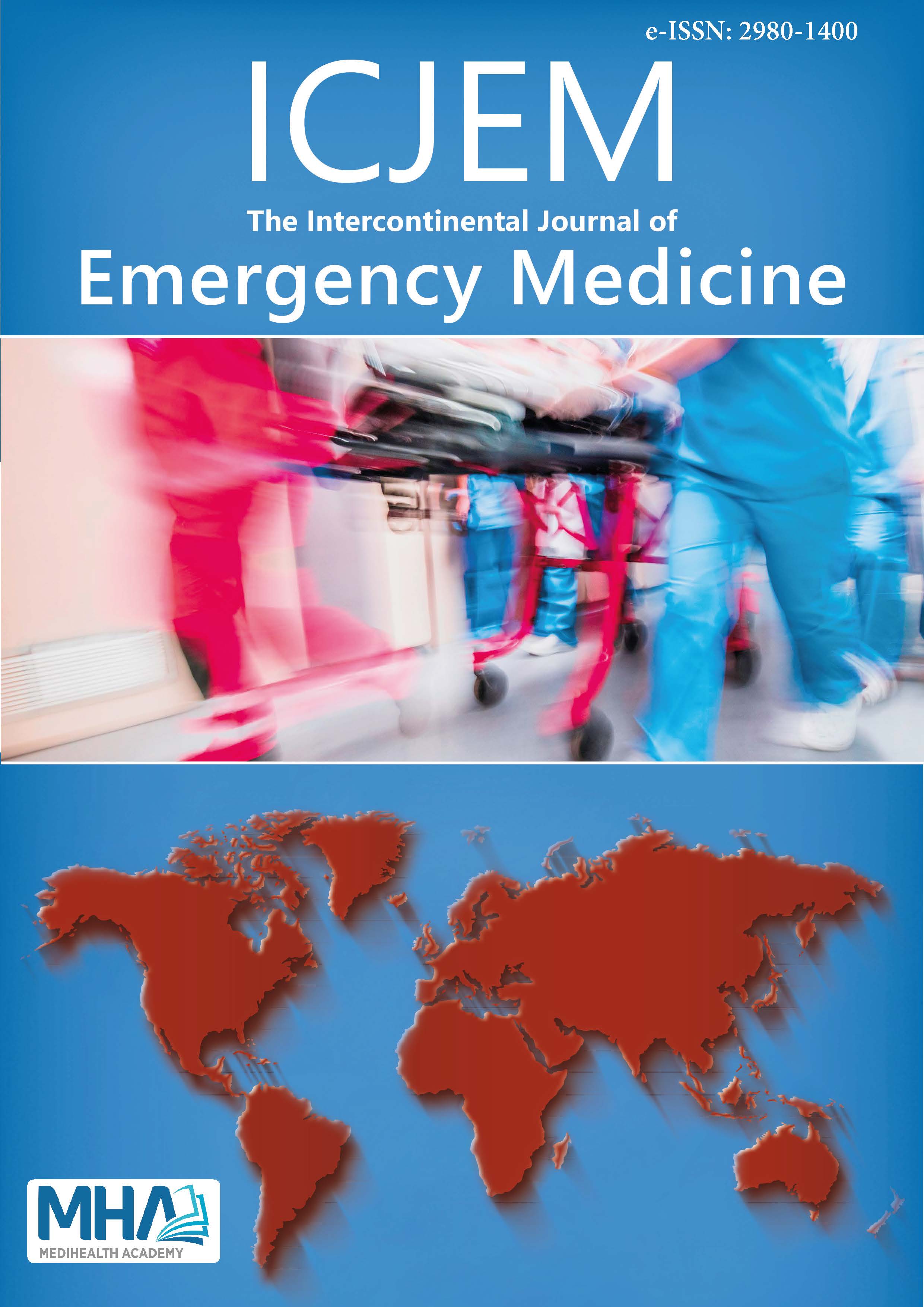1. Walls RM, Hockberger RS, Gausche-Hill M, editors. Rosen’s emergencymedicine: concepts and clinical practice. Ninth edition. Philadelphia,PA: Elsevier; 2018. 2 p.
2. Girot M, Hubert H, Richard F, et al. Use of emergency departments by known epileptic patients: Anunderestimated problem? Epilepsy Res. 2015;113:1-4.
3. Dixon PA, Kirkham JJ, Marson AG, Pearson MG. National Audit ofSeizure Management in Hospitals (NASH): results of the national auditof adult epilepsy in the UK. BMJ Open. 2015;31;5(3):e007325.
4. Hauser WA, Annegers JF, Rocca WA. Descriptive epidemiology ofepilepsy: contributions of population-based studies from Rochester,Minnesota. Mayo Clin Proc. 1996;71(6):576-586.
5. Fiest KM, Sauro KM, Wiebe S, et al.Prevalence and incidence of epilepsy: a systematic review and meta-analysis of international studies. Neurology. 2017;17;88(3):296-303.
6. Quintana M, Sánchez-López J, Mazuela G, et al. Incidence and mortality in adults with epilepsy innorthern Spain. Acta Neurol Scand. 2021;143(1):27-33.
7. Bozali G, Kose A, Babus SB, Kaleağası SH, Temel GO. Characteristics ofthe patients admitted to the emergency department with seizures andthe factors affecting the frequency of admission. Neurosciences. 2021;26(2):163-170.
8. Forsgren L, Beghi E, Oun A, Sillanpää M. The epidemiology of epilepsyin Europe - a systematic review. Eur J Neurol. 2005;12(4):245-253.
9. Gasparini S, Ferlazzo E, Sueri C, et al.Hypertension, seizures, and epilepsy: a review on pathophysiology andmanagement. Neurol Sci Off J Ital Neurol Soc Ital Soc Clin Neurophysiol.2019;40(9):1775-1783.
10. Shlobin NA, Sander JW. Drivers for the comorbidity of type 2 diabetesmellitus and epilepsy: a scoping review. Epilepsy Behav EB. 2020;106:107043.
11. Cordato DJ, Thomas PR, Ghia D, et al.Decreasing presentations of seizures to emergencydepartments in a large Australian population. 2009;475-478.
12. Avilés RA, Alonso CF, López ML, Martínez FG, Ferrer MEF, BañeresBG. Adults discharged after an epileptic seizure: a model of 30-day riskfor adverse outcomes.
13. Alapirtti T, Waris M, Fallah M, et al. C-reactive protein and seizures in focal epilepsy: avideo-electroencephalographic study. Epilepsia. 2012;53(5):790-796
14. Fujii Y, Yashiro M, Yamada M, et al.Serum procalcitonin levels in acute encephalopathy with biphasic seizures and late reduced diffusion. Dis Markers. 2018;2380179.
15. Zhong R, Chen Q, Li M, Zhang X, Lin W. Elevated blood C-reactive protein levels in patients with epilepsy: a systematic review and meta-analysis. Front Neurol. 2019;18;10:974.
16. Leung WCY, Lau EHY, Kwan, P, Chang RS. Impactof COVID-19 on seizure-related emergency attendances and hospitaladmissions - a territory-wide observational study.Epilepsy & Behavior :E&B, 2021;115:107497. https://doi.org/10.1016/j.yebeh.2020.107497

